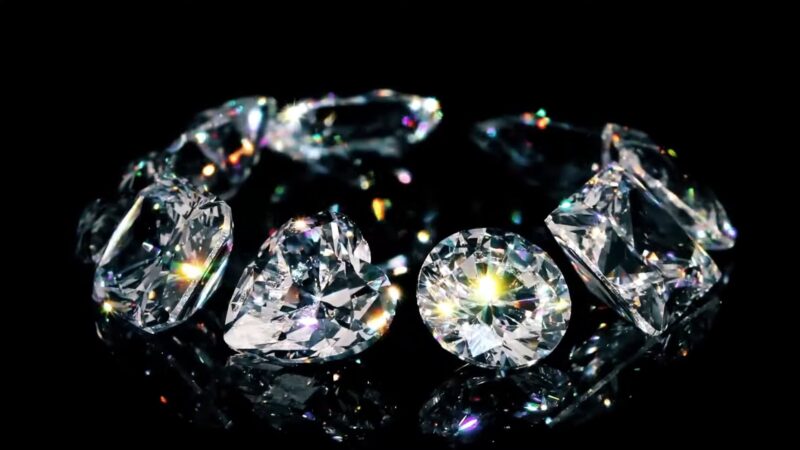Thinking of gemstone shopping? It’s super exciting but can also feel a bit overwhelming. With lots of colors, cuts, and types, choosing the right one is no small feat, especially when trying to catch differences between real and imitation stones. In this article, you’ll get more familiar with the intricacies of gems. Let’s discuss the ins and outs of this fascinating world, ensuring your next gemstone acquisition is as authentic as it is beautiful.
What Makes Gemstones So Special
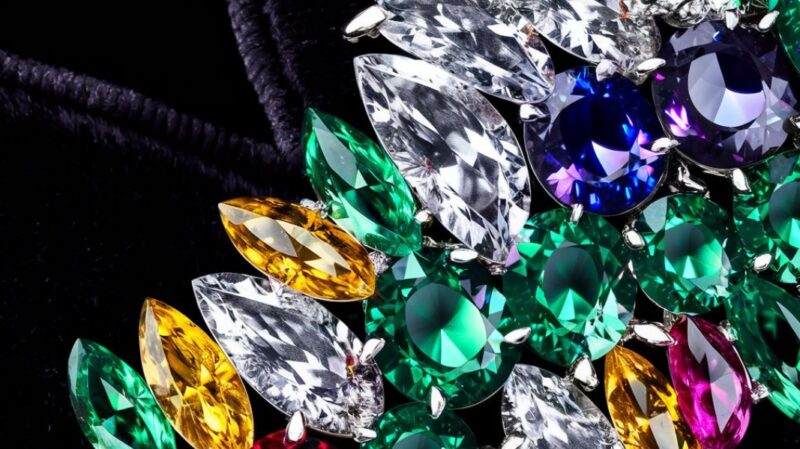
At their core, natural gemstones are minerals or organic materials that have been treasured throughout history for their beauty and rarity. These gems are the real deal, mined from the earth or harvested from organic sources, and include diamonds, rubies, sapphires, and emeralds, among others. Genuine gemstones, while also real, have been treated through various processes to enhance their appearance.
These treatments can range from heat to improve color to filling to improve clarity. Despite these enhancements, they retain their status as genuine.In contrast, simulated gemstones are essentially imposters, crafted to mimic the appearance of real stones without the same chemical and physical properties. An example of this is how many citrines sold today are heat-treated amethysts or smoky quartz, which, while beautiful, are not true citrines.
Precious Stone Treatments
Identifying common treatments is a crucial skill for anyone interested in purchasing authentic and high-quality gemstones. One of the most widespread treatments is heat treatment, a process used to enhance or change the color of a stone to make it more appealing or to create a color that is rare and therefore more valuable. This technique is especially common in citrines, a variety of quartz that ranges in color from pale yellow to brownish orange.
Natural citrines are rare, and much of the citrine on the market has been produced by heating amethyst or smoky quartz. This transformation occurs because the iron impurities within the quartz are altered by the heat, resulting in the golden hues characteristic of citrine.
Heat Treatment in Citrines
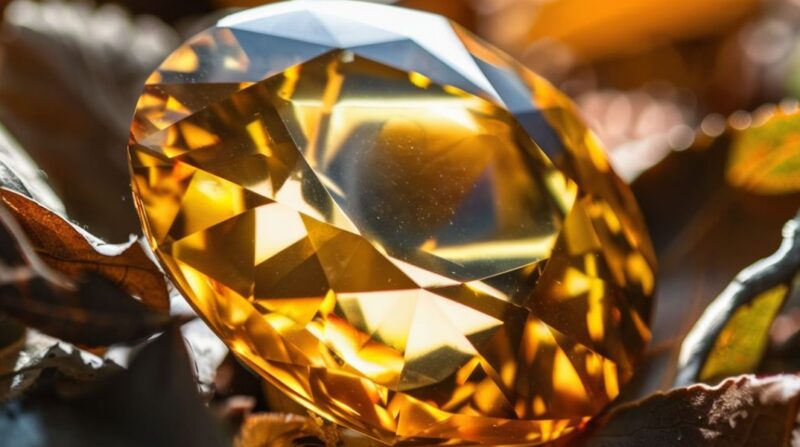
The process of heat in citrines is something both buyers and collectors should understand as it affects the stone’s value and can influence purchasing decisions. While heat-treated citrines are considered genuine gemstones, their value is typically lower than that of their natural counterparts due to the abundance and ease of creating the desired color through treatment.
When evaluating citrines, one should be aware that most of the brightly colored and affordable citrines found in the market have undergone heat treatment. Recognizing this allows for informed decisions and helps set realistic expectations regarding the gemstone’s natural origin and its value. Collectors seeking natural citrines should look for reputable dealers who can provide certification or proof of the gems’ untreated status, ensuring the authenticity and rarity of their findings.
Evaluating Gemstone Authenticity
If you want to determine whether a gem is real, there are several tricks of the trade:
- Breathe Test: Gently breathe on the stone; real ones will not fog up easily due to their conductivity.
- Sparkle and Shine: Genuine gemstones typically have a more vibrant sparkle compared to their artificial counterparts.
- Inclusions: Look for natural imperfections, such as feathers, crystals, or needles. While not always visible to the naked eye, these inclusions often signal a real gem.
- Expert Verification: The most foolproof method is to have the gem assessed by a professional jeweler, who can determine its authenticity with certainty.
Purchasing Tips
When buying gemstones, especially online, it’s critical to research the seller and thoroughly read the return policy. Prices of gems are influenced by the four Cs: cut, color, clarity, and carat weight. The trustworthiness of the seller and the option to return if it does not meet your expectations are equally important. For those seeking assurance in their purchase, GIA-certified gemstones offer a guarantee of authenticity.
Researching the Seller
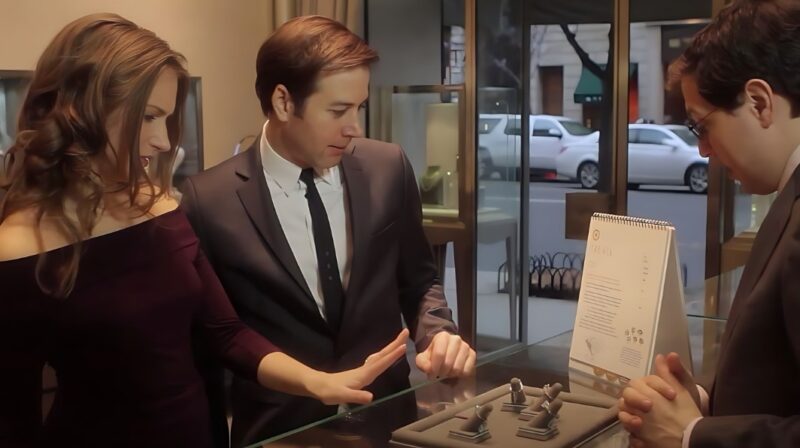
With the proliferation of online marketplaces and independent sellers, it’s essential to vet the reputation and reliability of the seller before making a purchase. Start by checking reviews and feedback from previous customers to gauge their satisfaction levels and any potential issues encountered.
Try to look for any affiliations or certifications the seller may have, such as being a member of reputable jewelry associations or holding accreditations from gemological organizations. These indicators can provide valuable insights into the seller’s professionalism and adherence to industry standards, helping you make an informed decision about where to buy your gemstones.
Read the Return Policy
This is another vital aspect of buying gems, especially when purchasing online or from unfamiliar sellers. A clear and flexible return policy can provide you with peace of mind, knowing that you have recourse if the gemstone doesn’t meet your expectations or if there are any issues with the transaction.
Take the time to read and understand the return policy before making a purchase, paying attention to details such as the timeframe for returns, any restocking fees, and the condition in which the item must be returned.
If the return policy seems restrictive or unclear, don’t hesitate to reach out to the seller for clarification before completing your purchase. A transparent and customer-friendly return policy demonstrates the seller’s commitment to customer satisfaction and can be a reassuring factor in your gemstone buying experience.
The Importance of GIA Certification
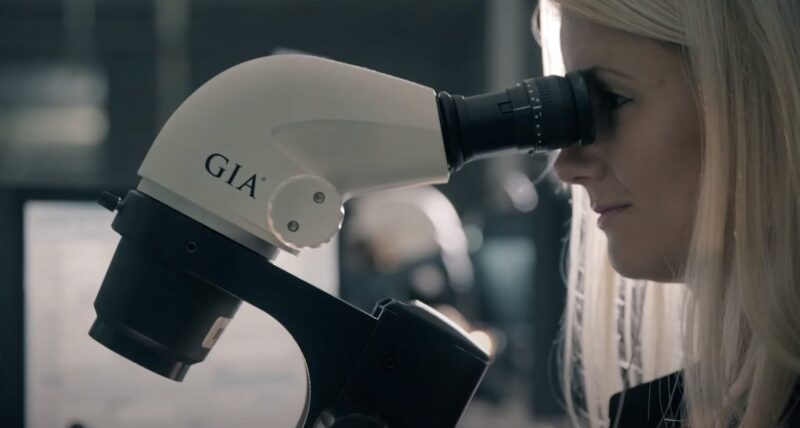
The Gemological Institute of America (GIA) certification stands as a beacon of trust and authenticity in the gemstone and jewelry industry. This certification is not merely a piece of paper; it is a comprehensive evaluation of a stone’s characteristics and quality, conducted by one of the most respected institutions in the world. GIA certification provides an unbiased assessment of gemstone features such as fluorescence, symmetry, and polish.
For anyone looking to purchase a gemstone, whether for personal use or as an investment, GIA certification offers peace of mind by ensuring that the stone meets globally recognized standards. The importance of GIA certification extends beyond just the assurance of quality and authenticity.
It plays a pivotal role in the valuation of a gemstone, influencing its price and marketability. A GIA-certified stone often commands a higher price because its qualities have been meticulously verified, eliminating doubts about enhancements or treatments that could affect the stone’s value.
| For Sellers | For Buyers |
|---|---|
| Offering GIA-certified gemstones enhances credibility. | Possessing a GIA certificate validates purchases. |
| Establishes trust and confidence in authenticity. | Facilitates future resales or appraisals. |
| Enhances credibility with customers. | Provides assurance of quality and authenticity. |
| Demonstrates commitment to quality and transparency. | An essential tool in the gemstone buying process. |
| Builds a positive reputation and customer loyalty. | Offers peace of mind and confidence in the purchase. |
Why Real Gemstones?
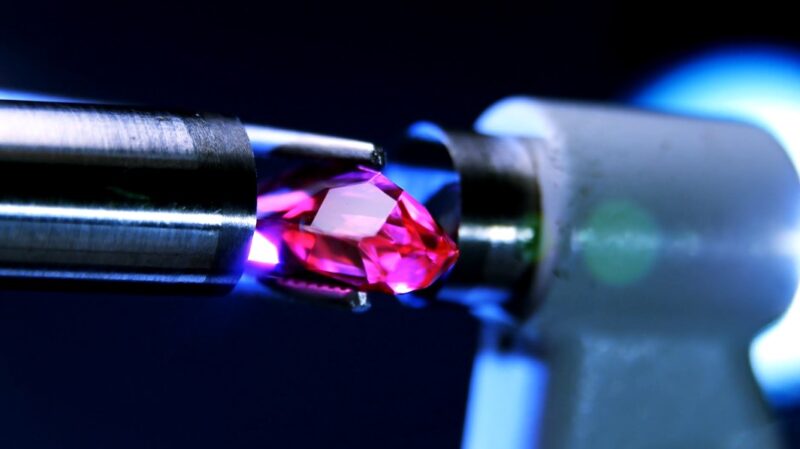
They make for meaningful gifts due to their symbolism and uniqueness. Each stone carries its own story and significance, making them more than just pieces of jewelry but treasures filled with sentiment and history. Moreover, the option to customize gemstone jewelry online allows for a personal touch, making your gift or personal keepsake truly one-of-a-kind. When looking for real stones, knowledge is power.
By understanding the basics of natural, genuine, and simulated gems, along with mastering a few simple verification techniques, you can confidently navigate the world of gemstones. Whether for personal adornment or as a gift, a real gemstone is a timeless investment that carries more than just financial value—it holds a piece of the earth’s beauty, captured and preserved for generations to cherish.
FAQ
How can I test a stone’s hardness at home to determine if it’s real?
One simple method to test a gemstone’s hardness is the scratch test, using materials of known hardness. For example, you can try scratching the gem with a copper coin (about a 3 on the Mohs scale), a piece of glass (around 5.5), or a steel file (around 6.5).
If the gem scratches the glass but not the steel file, it’s likely harder than glass but softer than quartz, indicating it may be a real gem. This test can damage your gem, so it’s best used on loose stones or areas that aren’t visible.
Can the color of a gem be a reliable indicator of its authenticity?
Color alone is not a definitive indicator of a stone’s authenticity, as both natural and synthetic stones can exhibit vibrant colors. Some imitation stones may have colors that are too perfect or uniform, lacking the subtle variations and inclusions found in natural stones. It’s important to consider color alongside other factors like clarity, cut, and known characteristics of specific gemstones.
Are there any tools I can purchase to help identify real stones?
Yes, there are several tools that can aid in identifying real gemstones. A jeweler’s loupe (10x magnification) is invaluable for examining the stone’s clarity and searching for natural inclusions.
A refractometer can help measure the refractive index of a stone, which is a unique characteristic of each mineral. Additionally, a Chelsea color filter can assist in distinguishing between certain real and synthetic gems based on how they absorb light.
How does the setting of a piece of jewelry affect the authenticity of a gemstone?
While the setting itself doesn’t determine the authenticity of a gemstone, high-quality settings are often used with real gemstones. Precious metals like gold, silver, and platinum are typically chosen for their durability and are a sign that the gemstone may also be of high quality. Some high-quality imitations are also set in precious metals, so it’s important to examine the gemstone itself for authenticity.
Can UV light help identify real gems?
UV light can be a helpful tool in identifying certain gemstones, as some natural gems will fluoresce under UV light. For example, about a third of diamonds will glow blue under UV light. The presence or absence of fluorescence is not a definitive test, as reactions can vary widely even among authentic stones. It’s best used in conjunction with other identification methods.
Is there a difference in the temperature feel of real vs. fake gems?
Yes, there can be a noticeable difference in how real and fake gemstones feel to the touch, primarily due to their thermal conductivity. Natural gems, like diamonds, tend to conduct heat away from the skin more efficiently, making them feel cooler to the touch compared to glass or plastic imitations. This temperature test can be a quick and non-destructive way to gauge a stone’s authenticity, though it’s not infallible.
Conclusion
Navigating the gemstone market can be daunting, but armed with knowledge and due diligence, you can confidently identify real stones that will last a lifetime. Remember, the beauty of a genuine gem lies not just in its appearance but in its authenticity and the stories it holds. Whether for investment, adornment, or a token of affection, choosing a real gemstone is a testament to your discernment and appreciation for nature’s exquisite creations.
